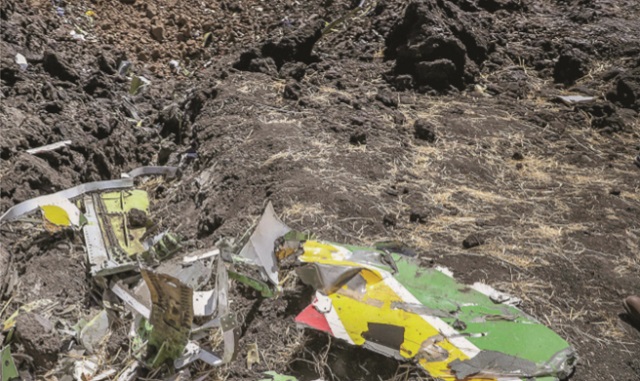
Over time aircraft technology evolves and the 737 MAX is also supposed to be the most advanced. It’s more fuel efficient, meaning it has lower fuel burn and can operate longer flights than previous versions of the plane. It allows airlines to operate longer flights at lower cost. The 737 MAX airplanes are distinctive because of the “zig-zag” pattern on the back of their engines. The 737 MAX also has the distinctive split winglets.
However, Boeing made changes to the flight control system of the 737 MAX, where the plane automatically pushes the nose of the aircraft down when a sensor indicates that the plane is nearing a stall. This is different from the system on previous 737s, and many pilots said they were left in the dark with this.
“We do not like the fact that a new system was put on the aircraft and wasn’t disclosed to anyone or put in the manuals,” the head of Southwest’s pilot union explained a few months ago. It’s an upgrade to previous 737s, with more efficient engines and distinctive split wingtips for better aerodynamics. Boeing started deliveries in May 2017. The biggest customers are in America, Canada, Europe and China.
It is not clear if the safety warning affects just the particular model, the MAX-8, involved in the two crashes, or if it impacts the MAX-7 through MAX-10; which are different lengths.
Before the Ethiopian Airways crash, Boeing had not called for inspections or replacements of sensors or computers on the planes. Boeing was merely reiterating what any flight crew is supposed to do if they get faulty sensor readings.
At their most basic, the correct procedures mean disregarding what the instruments and warnings are saying and resetting the plane to a stable situation.
“The ultimate answer is to set a known pitch and power setting,” said Les Westbrooks, professor of aeronautical science at Embry-Riddle Aeronautical University and qualified pilot on the Boeing 727, an earlier Boeing commercial jet. That should create level flight and buy pilots time to figure out which readings are real and which are malfunctions.
According to expert technology publications such as WIRED, ongoing investigations into the crashes may reveal other compounding problems besides the sensor failure. But, they said, the accidents also highlights the issue of overreliance on automated systems, with flight crews having
minimal experience in how to deal with manual flying, let alone emergencies.
“We’ve been talking for several years in the industry about a degradation of pilot hand-flying skills,” says Westbrooks.
Airline crashes are usually a result of one or more simple failures, followed by confusion among the crew, leading to a situation that quickly spirals out of control.
Following the Jakata crash, several carriers had said they were not grounding any planes. But after the Ethiopian crash many of them have grounded them.
One of the reasons aviation is so safe is because airlines and authorities learn from every single incident. Having one of the most modern planes in the world in two accidents just months apart will no doubt offer lessons that have not fully been learned.
Experts, however, continued stressing that flying is a very safe form of transport as chances of a car crash are much higher. Also, what Boeing and accident investigators learn from these crashes should feed back into procedures, potentially including pilot training, that make flying safer still
****
 The Independent Uganda: You get the Truth we Pay the Price
The Independent Uganda: You get the Truth we Pay the Price



